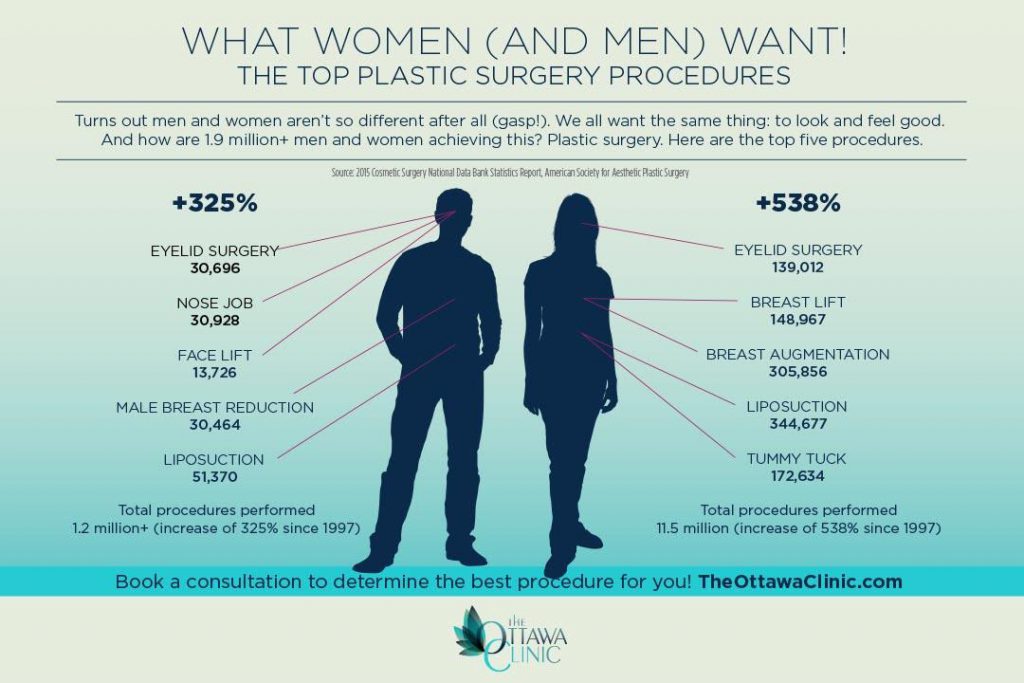Does Humidity Cause Breakouts
Does Humidity Cause Breakouts
Blog Article
Acne Treatment - What Are AHAs in Acne Therapy?
AHAs are a crucial component for unclogging pore blockages and brightening acne-prone skin. They work by breaking down dead skin cell accumulation to advertise more recent, fresher cells, and stopping future clogs.
Developing topical AHAs requires thorough attention to various crucial variables that significantly impact their effectiveness and tolerability. Keeping the optimum pH range, along with car choice and focus, intensifies their exfoliative attributes while reducing prospective negative responses.
Glycolic acid
Glycolic acid is recognized for its mild yet effective exfoliating homes, which advertise skin's all-natural losing and loosen up the "adhesive" that holds dead cells externally of the skin. This aids unblock pores and reduce the appearance of fine lines and wrinkles, in addition to enhance general skin appearance and tone.
Surprisingly, topical glycolic acid has actually additionally been revealed to stimulate the manufacturing of collagen, which is crucial in maintaining skin's firmness and flexibility. It is very important to keep in mind, nevertheless, that due to the fact that glycolic acid can stimulate the skin's sensitivity to sunlight, it is vital to wear sunscreen when utilizing any type of items having this active ingredient.
Skin doctors pay cautious interest to the formula of items having AHAs in order to maximize their efficacy and tolerability. Formulating AHAs with the appropriate vehicle, in addition to pH and concentration factors to consider, enables optimum skin penetration while lessening possible damaging reactions. This is especially crucial for individuals with sensitive skin, because AHAs are known to be slightly annoying.
Lactic acid
Lactic acid is discovered in numerous non-prescription skin care items and some more powerful professional peels and treatments. It has the lowest molecular weight of all the AHAs and is able to permeate much deeper right into the skin, where it is extra effective at unclogging pores and exfoliating.
Like glycolic acid, it also promotes collagen synthesis, which aids reduce great lines and wrinkles and improve skin texture. Furthermore, it has moisture-retention buildings, that makes it preferable for drier skin types than other AHAs.
The extensive body of clinical data confirming the efficiency of topical AHAs sustains their energy in a wide range of skin-related ailments and visual issues. These include elaborate skin rejuvenation treatments, depletion of great lines and wrinkles, lightening of hyperpigmentation, healing treatment for actinic keratosis, and acne administration [2] Optimizing the formulation of AHAs by stabilizing pH, focus, and car choice even more boosts their healing possibility. These cautious considerations make it possible for skin doctors to provide safe and reliable treatments that offer superior professional results.
Mandelic acid
Mandelic acid, derived from almonds, is an additional member of the AHA family and is a preferred component in items that assist treat acne. Its bigger molecular size means it penetrates the skin extra slowly and gently, which can lower the possibility for inflammation. It's also much less likely to trigger soreness and other skin level of sensitivity problems, making it appropriate for delicate skin kinds.
Mandelic Acid is thought to help in reducing swelling and boost hydration. It works by loosening up the bonds between dead skin cells, permitting them to drop and reveal fresher-looking skin. It additionally helps reduce the appearance of bigger pores.
Formulating topical items with AHAs needs a precise equilibrium of essential variables that substantially impact their efficiency and tolerability. Particularly, the pH of an AHA solution has been shown to play an important function in its capacity to promote peeling and improve skin tone and structure. Achieving this optimum concentration is a tough goal and calls for careful attention to the numerous aspects that impact the solution process.
Citric acid
Citric acid, located in citrus fruits such as oranges and lemons, is a mild AHA. It's much less irritating than glycolic or lactic acid, making it preferable for sensitive skin. It additionally has astringent residential properties, helping to dry excess oil.
Like other AHAs, citric acid can be utilized in chemical peels and daily active/maintenance therapies to scrub the skin and promote cell turnover. It can help reduce the look of dark spots and hyperpigmentation, along with fine face lines.
It can also enhance the synthesis of glycosaminoglycans, which play a vital function in reinforcing the skin barrier feature. This helps to how much is botox prevent trans-epidermal water loss, and keep ideal hydration degrees in the skin [35]
AHAs can be combined with calming ingredients such as ceramides or hyaluronic acid to enhance their tolerability. They can be included into everyday active/maintenance skin care through lotion or product formulations. This enables practitioners to tailor their AHA therapies based on client demands and preferences, with the versatility of picking from different treatment strengths or concentrations.